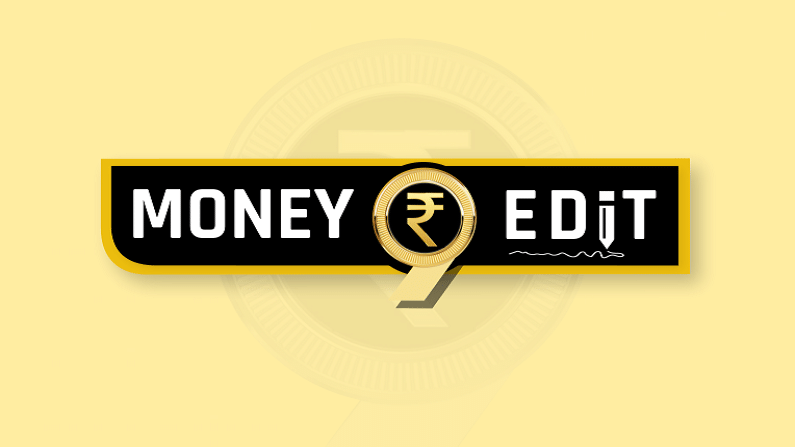Himachal Pradesh floods show why insurance is important
A lot more needs to be done to expand insurance coverage in the country for keeping financial worries away

The heart-wrenching videos of flash floods from Himachal Pradesh showing drowning cars and collapsing houses reiterate the significance of insurance cover. The right cover keeps us prepared for all risks ranging from falling trees to submerged vehicles during monsoons. A mandatory third party insurance cover may not be enough. For the coverage of your car during the monsoon, you need to have a comprehensive motor insurance policy. The comprehensive cover consists of two covers — own damage and third-party cover.
Again, having insurance cover is not everything. You need to know what to avoid so that your claim is not rejected. One of the common mistakes is to crank-start your car’s engine when submerged in water. Starting the car engine often results in hydrostatic lock damaging the engine. Insurance companies must conduct mass media campaigns during the monsoons on ensuring smooth claim settlement. Most insurers nominate a nodal officer for the affected states. The nodal officer is responsible for the coordination of the settlement of claims. The contact particulars of the officer are generally shared on the website.
Homeowners should go for a home insurance policy that reimburses the construction cost of a house in case of natural calamities. The basic policy protects the building against fire and allied perils such as earthquakes and floods. The home insurance penetration is hardly any number to talk about.
The larger picture tells overall insurance penetration in India has crept up from 2.71% in 2001 to 3.76% in 2019. The non-life insurance industry recorded penetration of 0.94% in 2019 compared to 0.56% in 2001. Certainly, a lot more needs to be done to expand insurance coverage in the country. The right coverage can keep your financial worries away. Don’t procrastinate, buy the appropriate insurance at the earliest policy to protect your property.
Download Money9 App for the latest updates on Personal Finance.
Related
- अब महज 15 दिनों में होगा डेथ क्लेम सेटलमेंट, IRDAI ने बीमा कंपनियों को दिए सख्त निर्देश
- Health insurance vs. Medical corpus: What’s your choice?
- Can Homebuyers Expect Tax Rebate from Budget’24?
- Budget 2024: Insurers anticipate tax reforms in health insurance
- Claim rejected even after completing Moratorium Period?
- Be Monsoon Ready with Home Insurance Damage Cover

